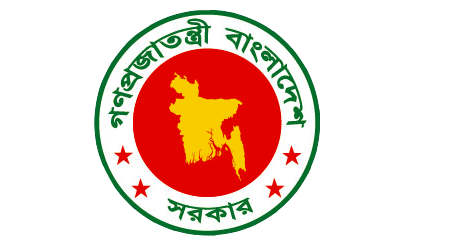In the first decade of the new century, social protection has emerged as a new paradigm for antipoverty policy thinking in the global South. Social protection programmes are currently reaching, and helping change, the lives of more than 860 million people worldwide. This reflects an emerging consensus that eradicating world poverty requires economic growth, basic service provision and social protection. It also reflects improvements in knowledge on the nature and causes of poverty.
In this report, the focus is on social assistance, and follows a new typology that distinguishes between programmes that provide pure income transfers; programmes that provide income transfers plus policy interventions aimed at enhancing human, financial and physical assets; and integrated poverty reduction programmes. The report pays special attention to the extent to which emerging social assistance programmes in the South address chronic poverty, as the latter subject remains a major challenge for antipoverty policy interventions. Addressing this challenge requires that social assistance programmes succeed in reaching out to the poorest and facilitate investment in their productive capacity. The report focuses on three policy questions: first, do programme objectives address chronic poverty? Second, are programme design features – the identification and selection of beneficiaries, delivery mechanisms and complementary interventions – effective in reaching chronically poor households? And third, do social assistance programmes benefit the chronically poor?
Click on the image to view



